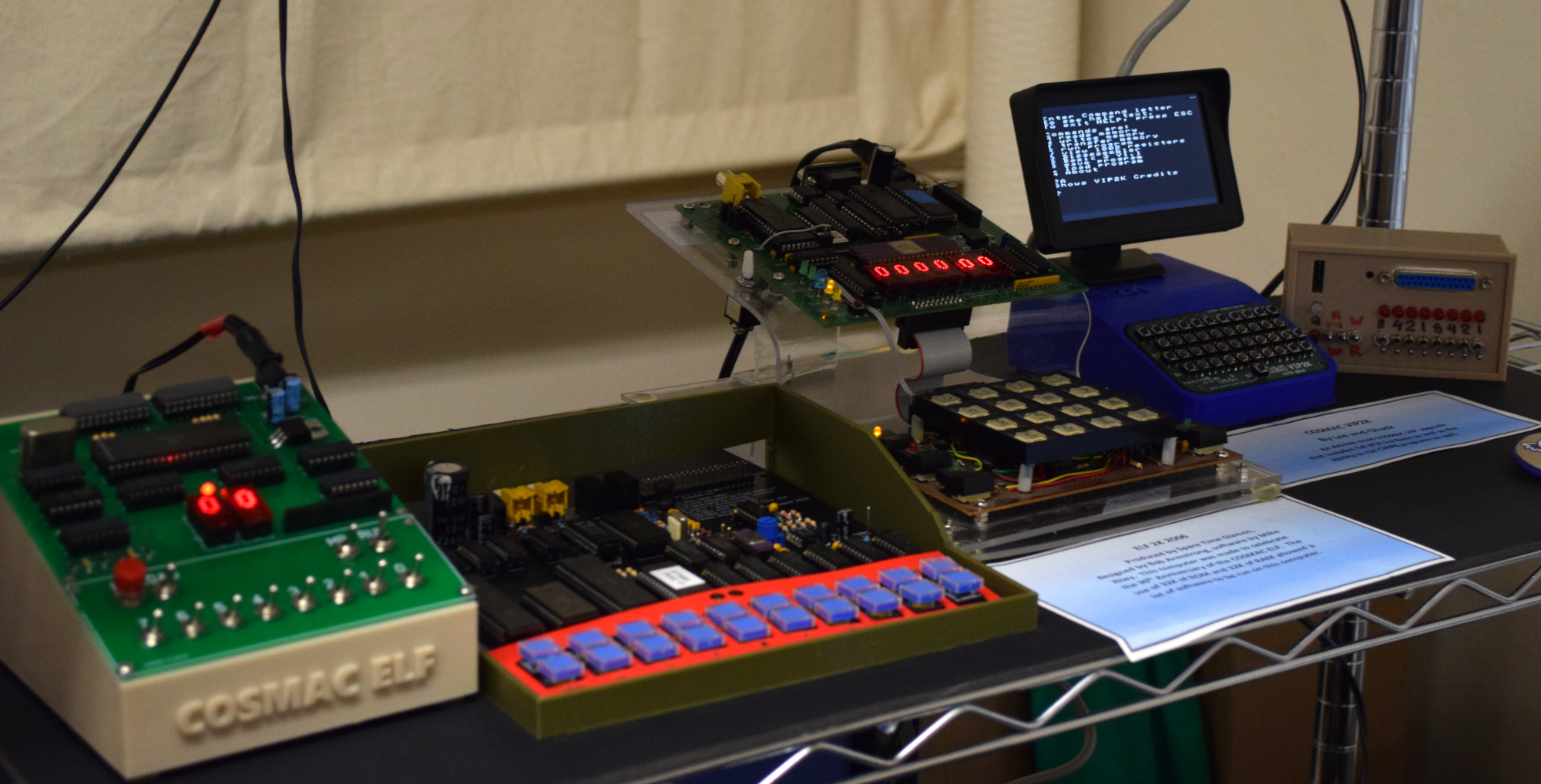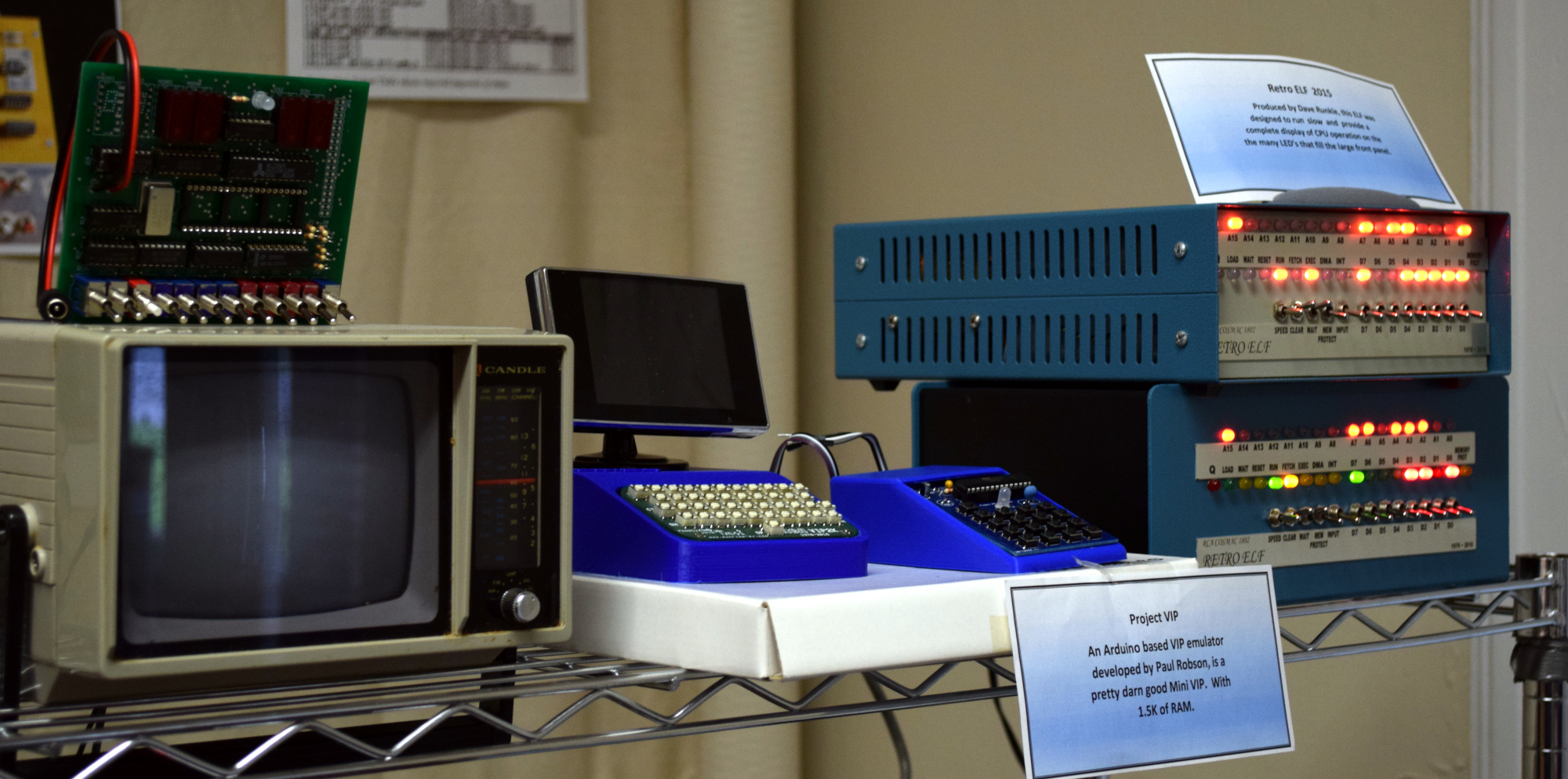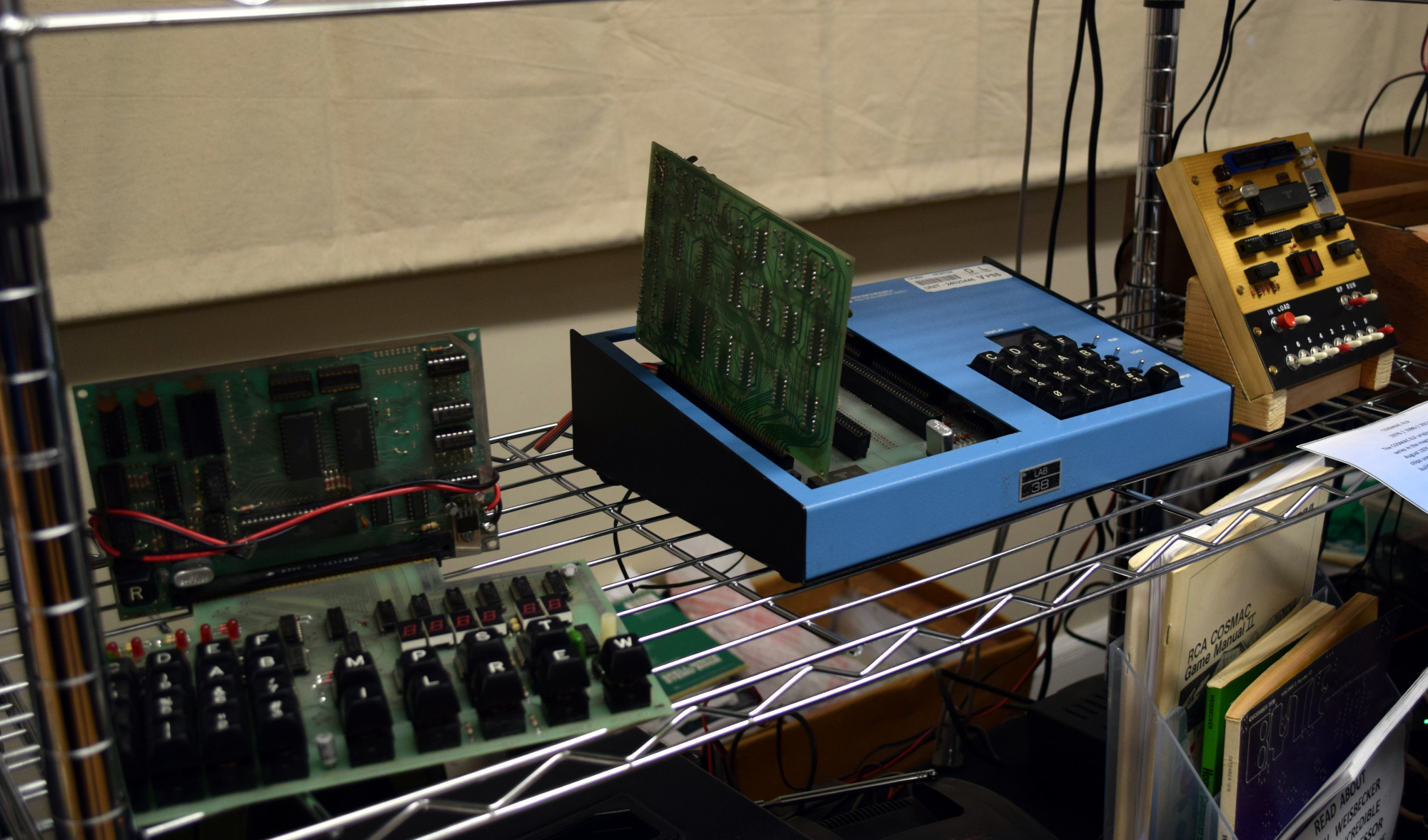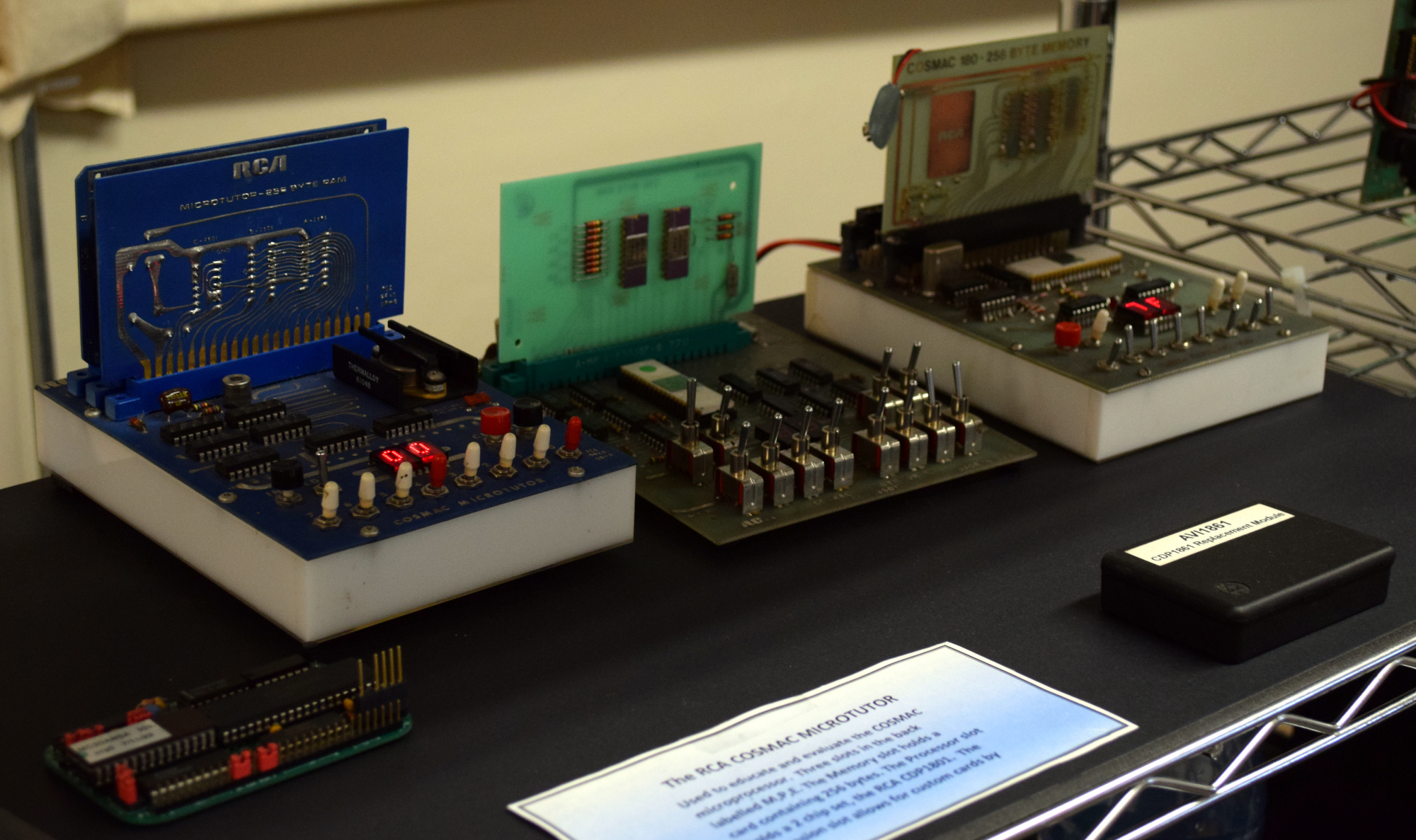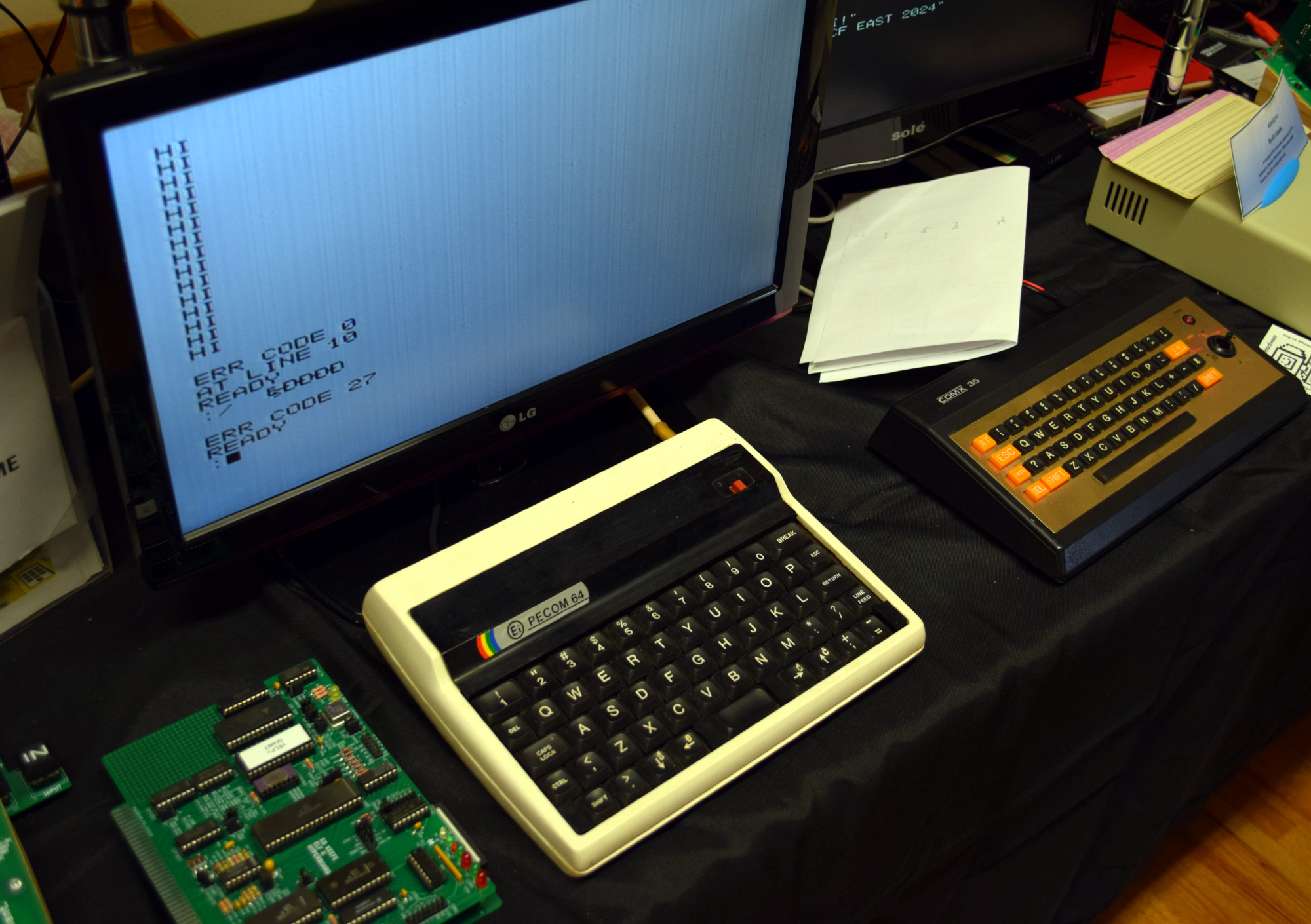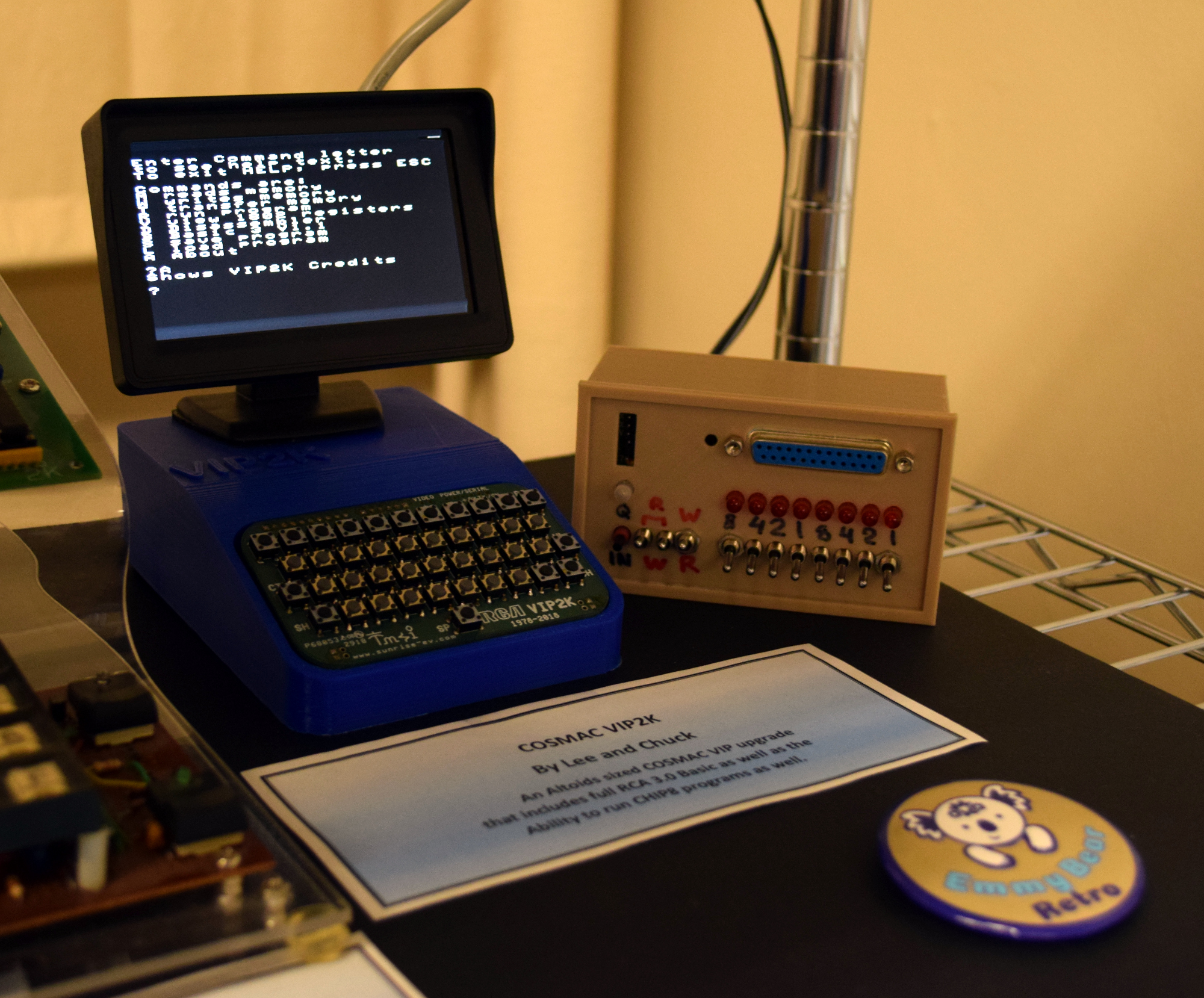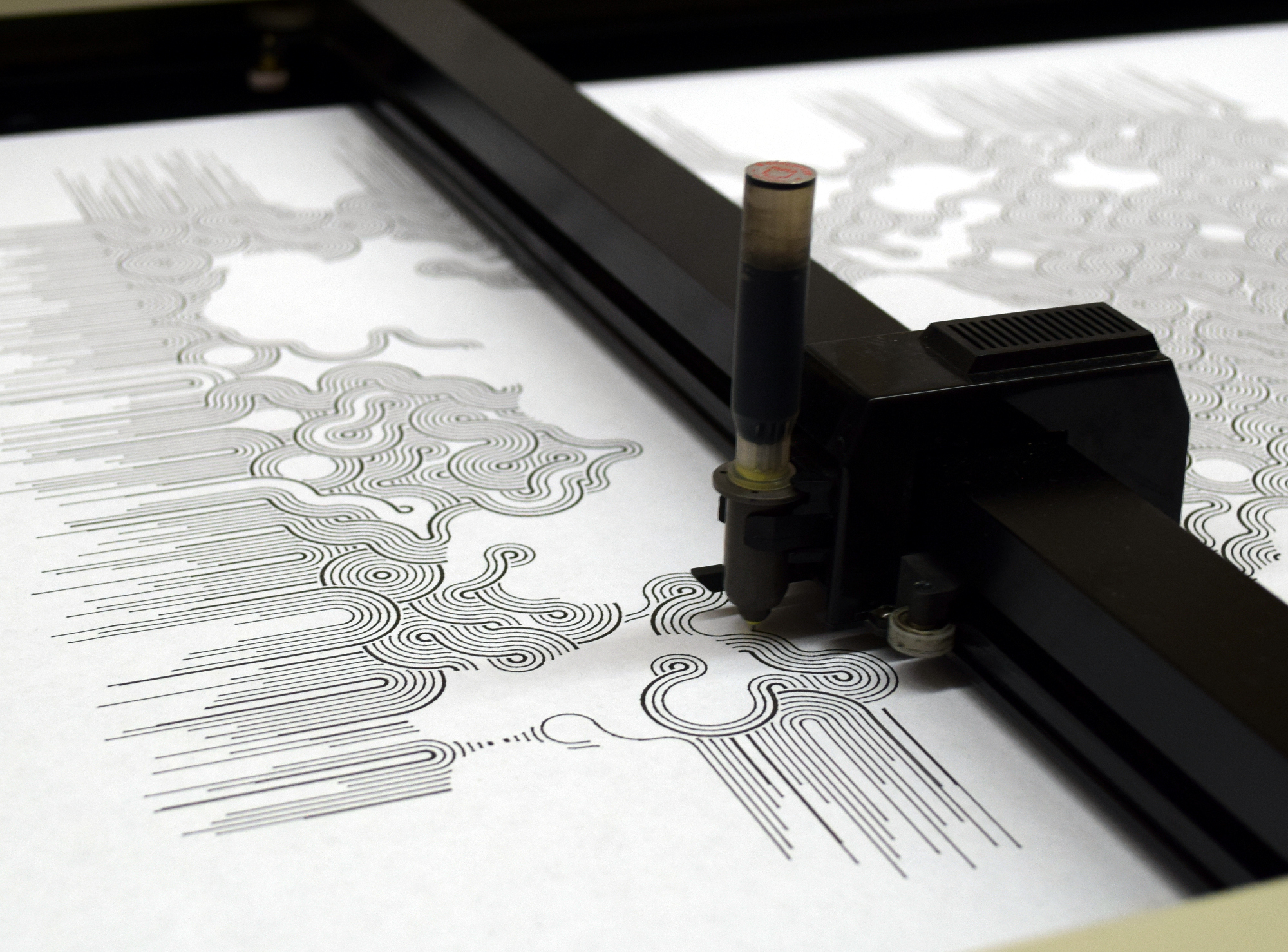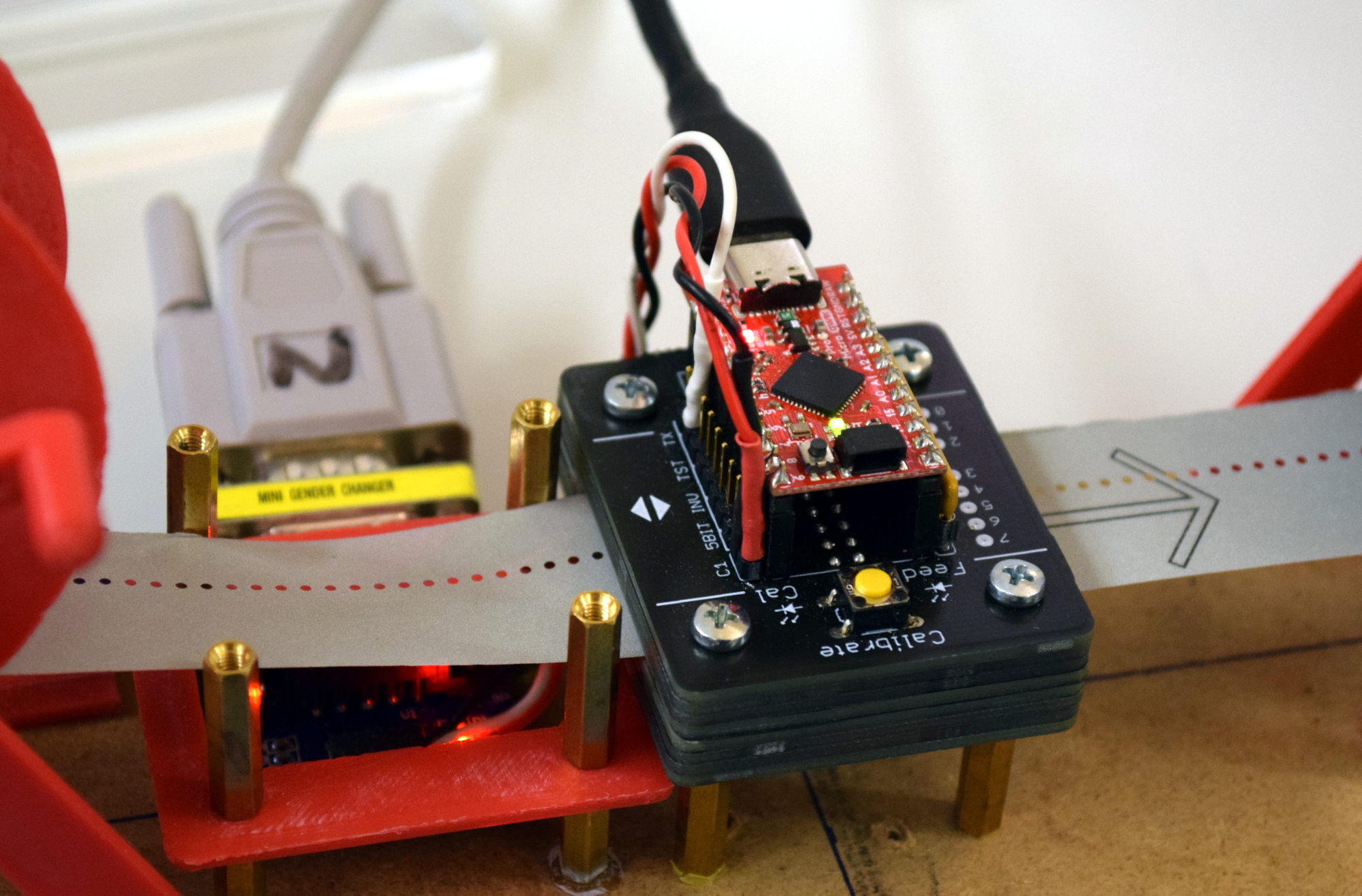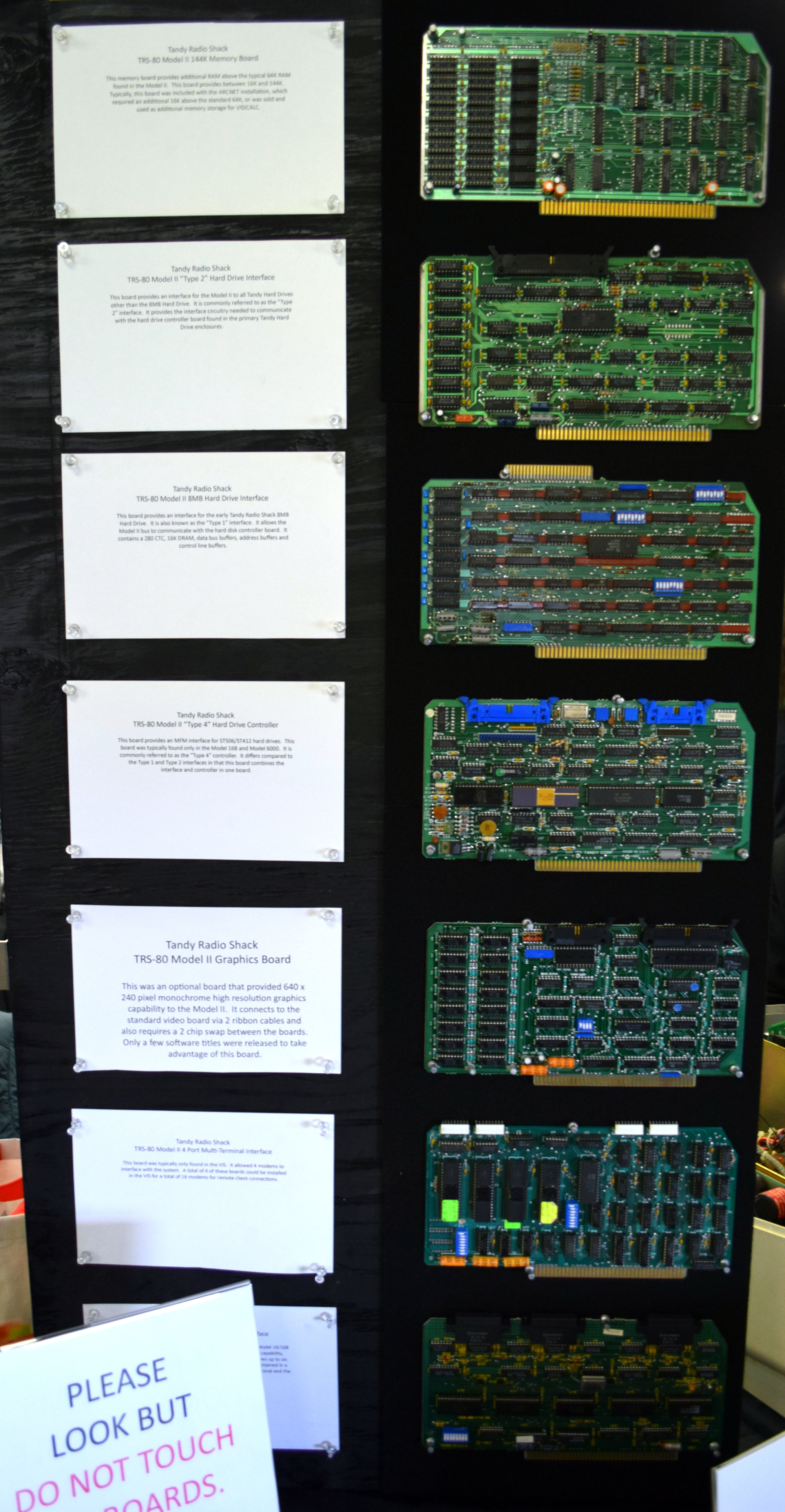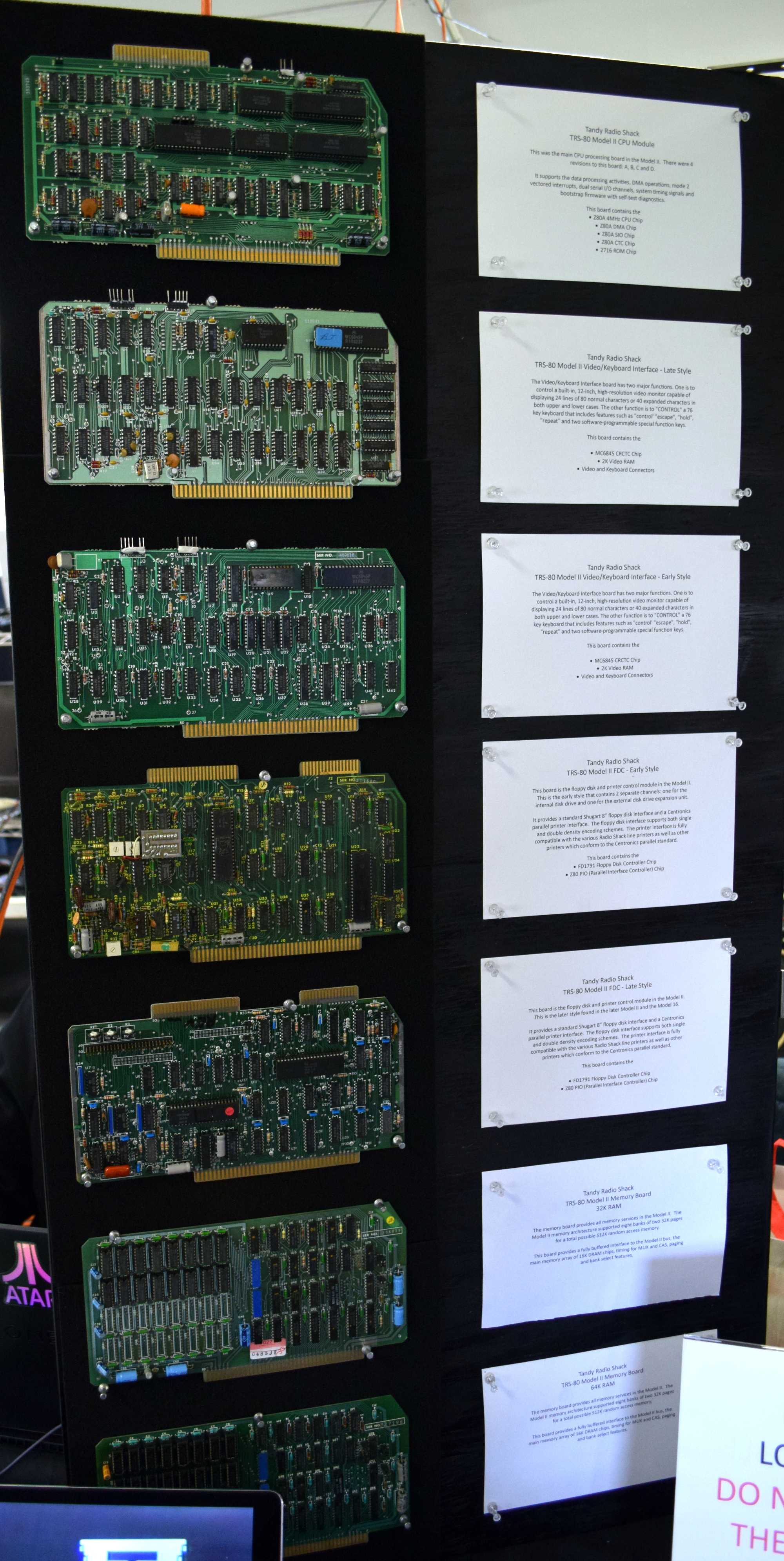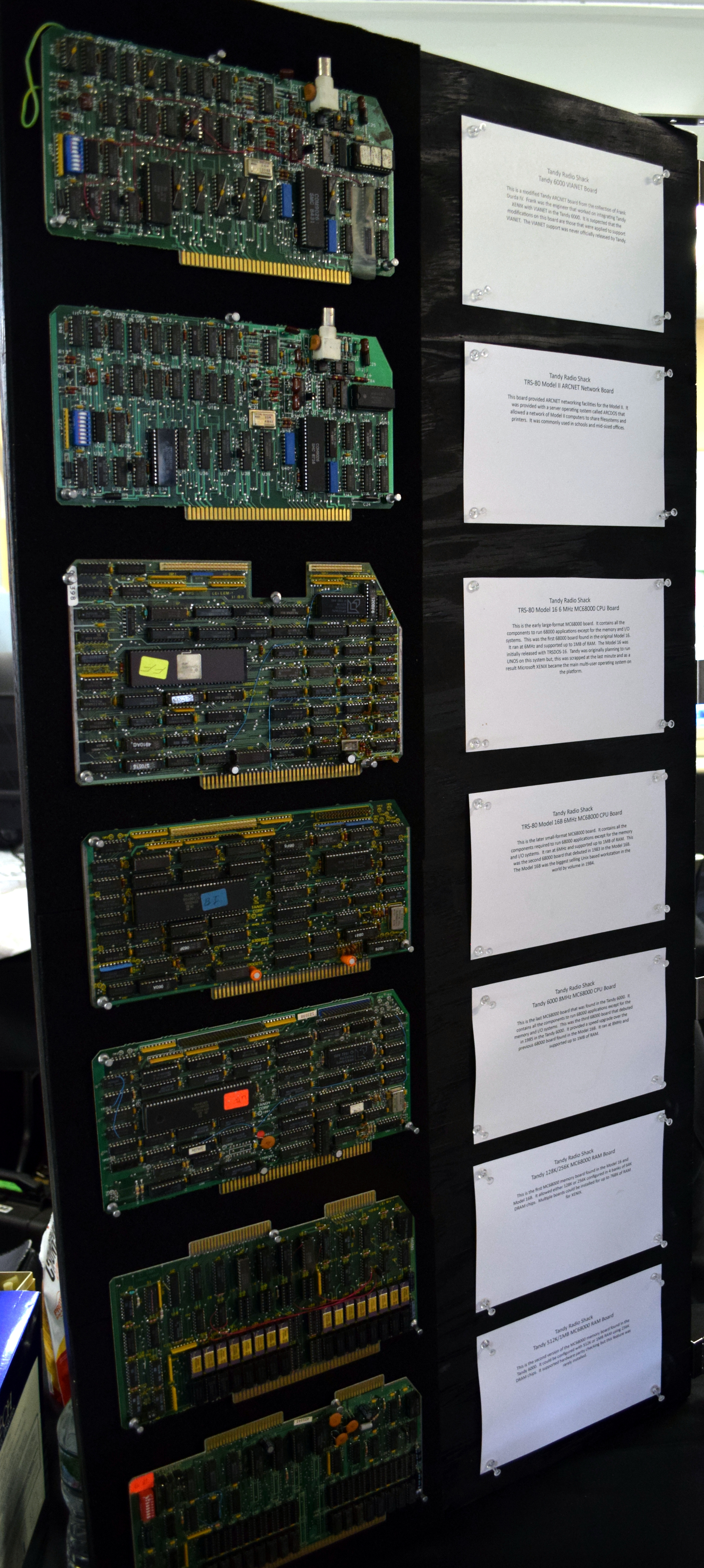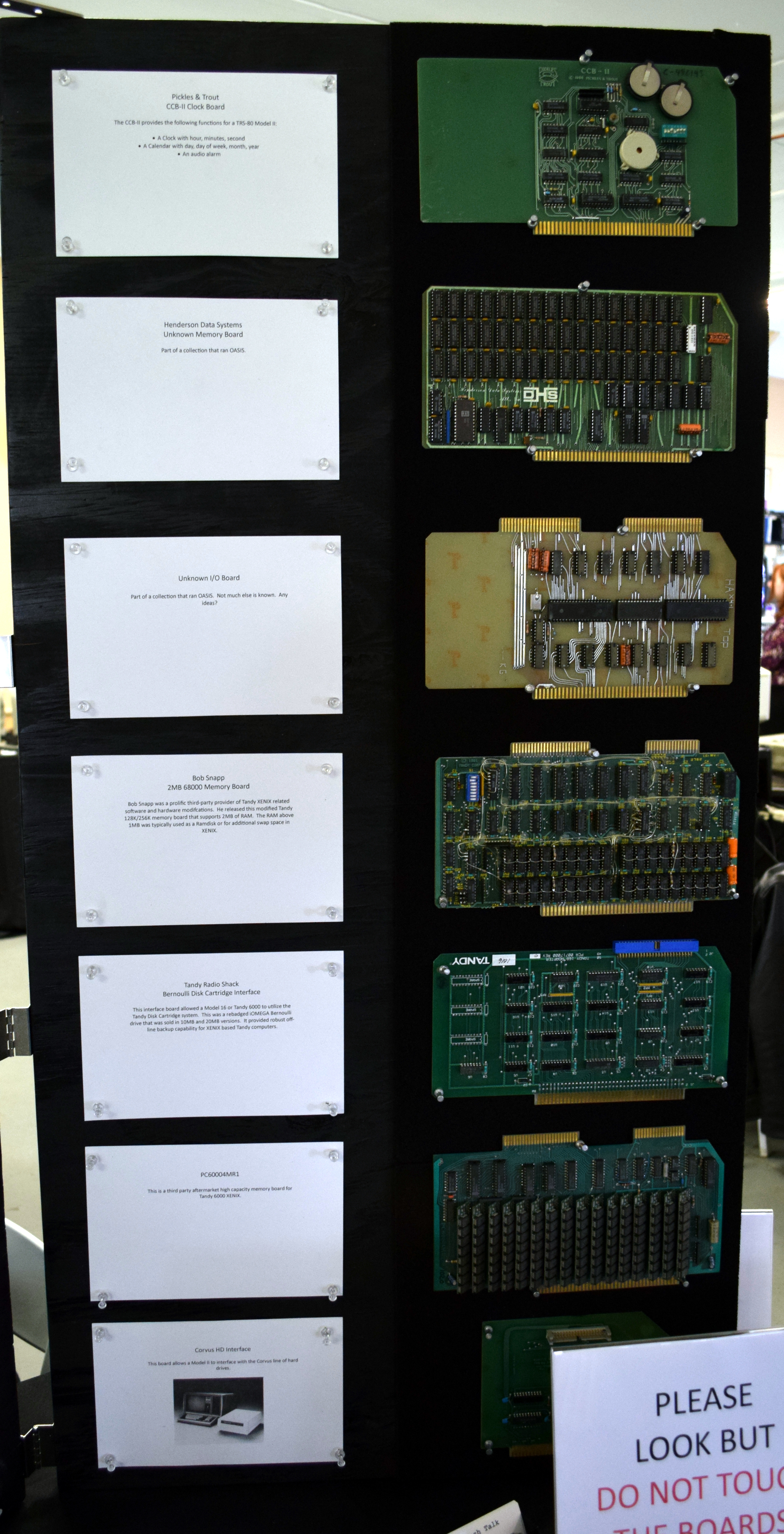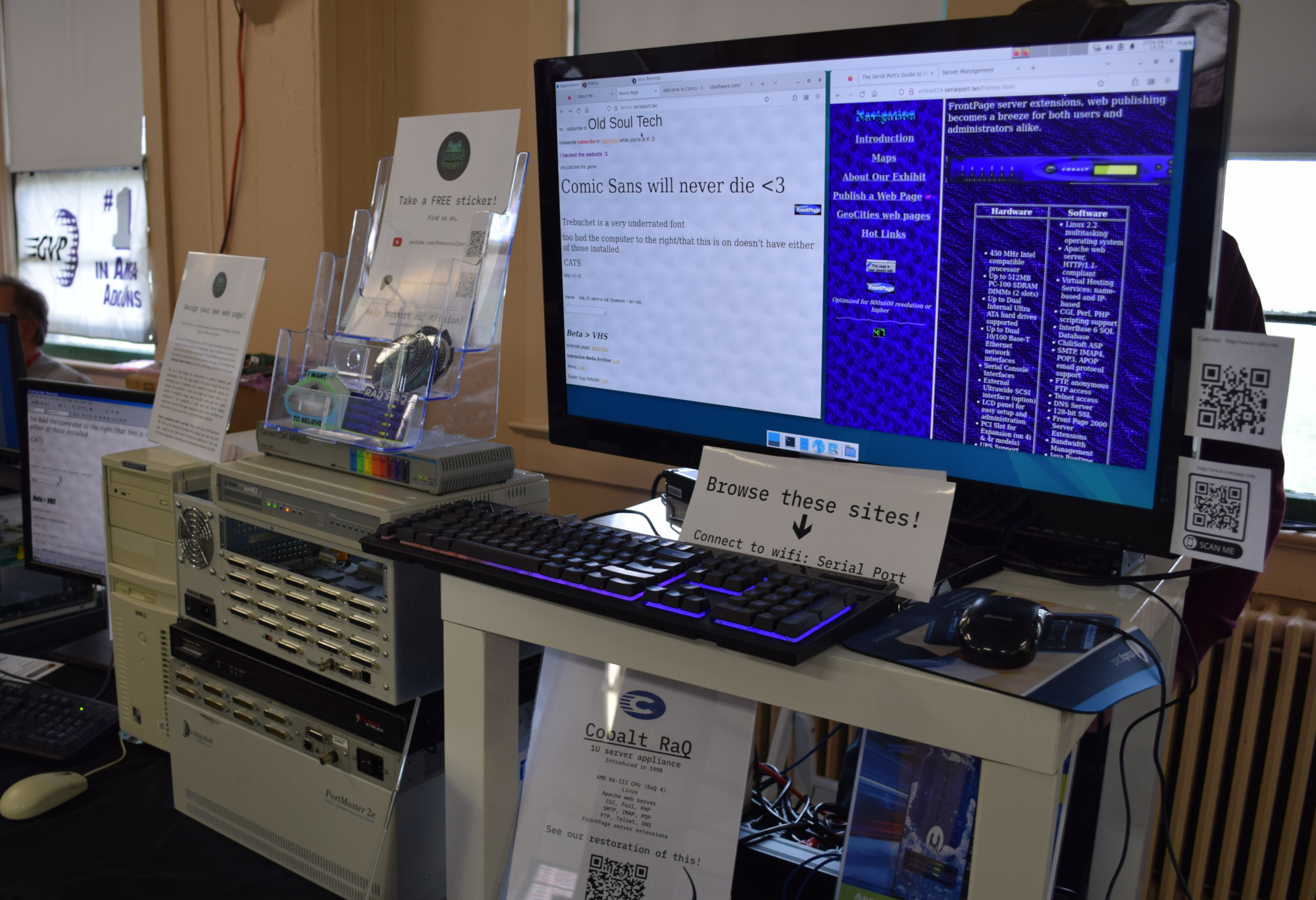VCF East 2024 Was Bigger and Better Than Ever [Hackaday]
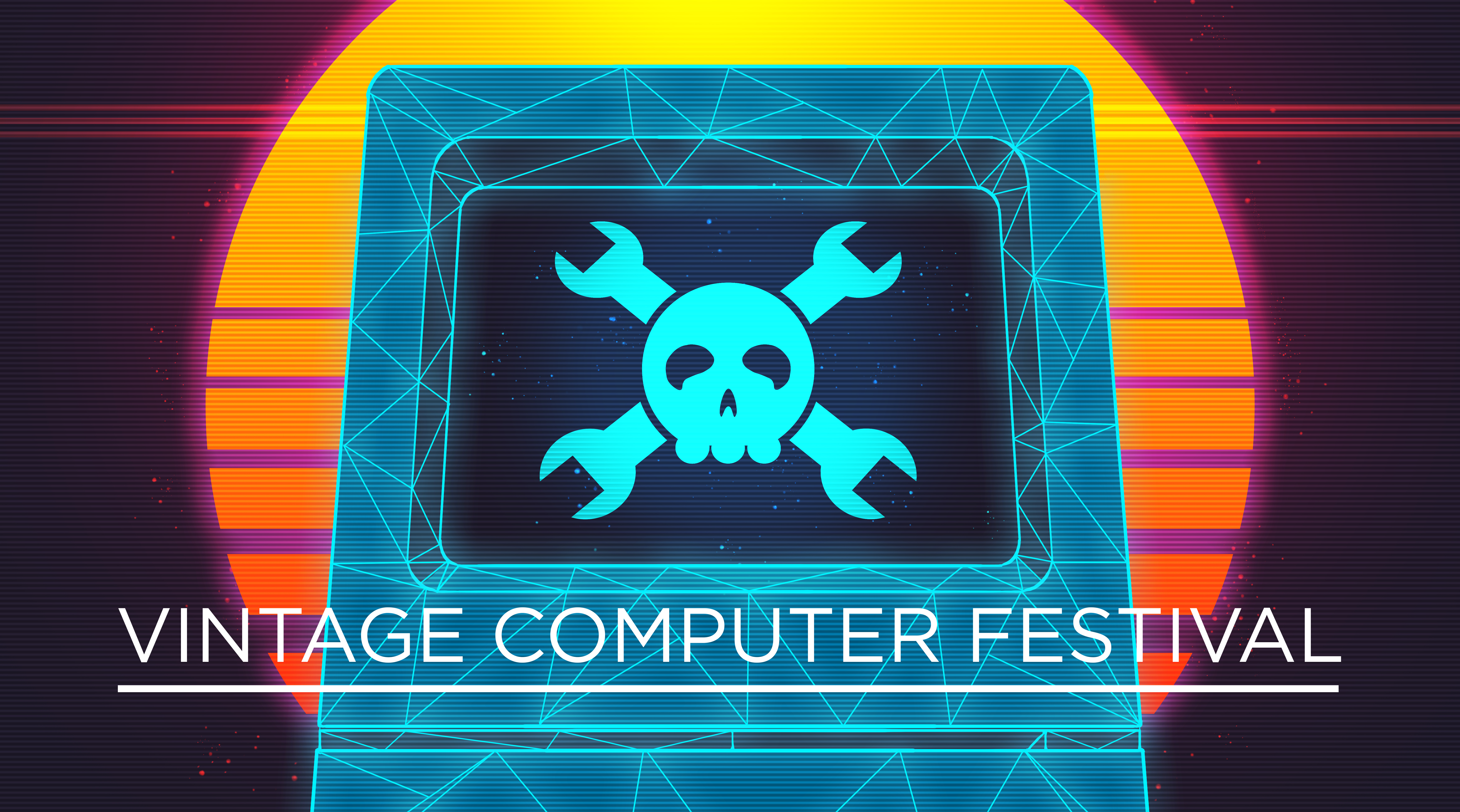
I knew something had changed before I even paid for my ticket to this year’s Vintage Computer Festival East at the InfoAge Science and History Museum in Wall, New Jersey.
Over the last couple of years, attendance has been growing to the point that parking in the lot directly next to the main entrance has been reserved for only the earliest of risers. That hasn’t described yours truly since the days when I still had what my wife refers to as a “real job”, so that’s meant parking in the overflow lot down the road and walking the half a mile or so back to the main gate. Penance for working on the Internet, let’s call it.
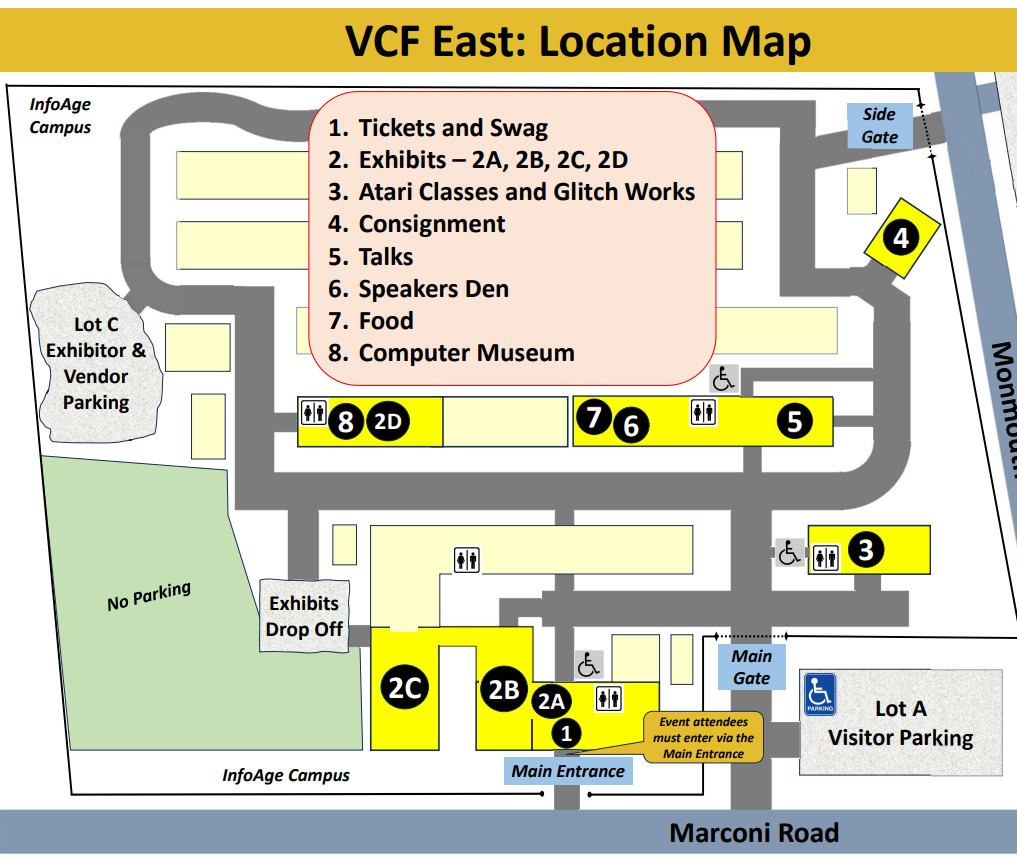
I was a few steps past her table and into InfoAge before the implications of this interaction really hit me. Two entrances. How many attendees does there need to be before you setup a secondary ticket booth out by the reserve parking lot just to keep things moving smoothly? Well, I can’t tell you what the exact number is. But after spending the rest of the day walking between all the buildings it took to contain all of the exhibits, talks, and activities this year, I can tell you it’s however many people came to VCF East 2024.
Compared to its relatively humble beginnings, it’s incredible to see what this event has grown into. InfoAge was packed to the rafters, and despite what you might think about a festival celebrating decades old computing hardware, there were plenty of young faces in the crowd. I’m not sure exactly what’s changed, but the whole place was positively jumping. Perhaps it’s partially the generational nostalgia that’s kept Netflix cranking out new seasons of the 1980’s set Stranger Things. I’m sure attention (and attendance) from several well known YouTube personalities have played a big part as well.
Whatever the magic formula that’s turned what was once a somewhat somber retrospective on early desktop computers into a major destination for tech lovers, I’m all for it. Love Live the Vintage Computer Festival!
A Few of My Favorite Things
I’ve only rarely been confused with Julie Andrews, but I’ll do my best here to catalog some of my personal highlights from VCF East 2024.
This is in no way meant to be a comprehensive view of what was on hand over the weekend. I can’t stress enough how absolutely impossible of a task it would be to accurately record everything that was on display — and that’s not including the talks and classes that were happening at the same time. If you’re even remotely interested in vintage computing or rare and unusual tech, this is an event you absolutely need to see for yourself to truly appreciate.
COSMAC Elves on the Shelves
First described in a series of Popular Electronics articles in the back-half of the 1970s, the Elf was a simple homebrew computer based on the RCA 1802 Complementary Symmetry Monolithic Array Computer (COSMAC) chip. In the boilerplate configuration, it used a pair of LED hexadecimal displays for output and eight toggle switches for input. There was no ROM — programs were entered directly into memory using the toggle switches as God intended.
Different kit versions of the computer were sold over the years, and the community has produced countless spin-offs of the basic concept right up to the present day. For their exhibit RCA COSMAC 1802 Computers, Josh Bensadon and Walter Miraglia had a wide collection of these DIY machines on display, as well as a few commercial devices that used the 1802 such as the RCA Studio II.
Modern Art on Vintage Hardware
Although there’s a canvas print of one of Joe Kim’s pieces on the wall in my office, I wouldn’t say that I’m much of an art guy. But there was something about The Plot Thickens: Pen Plotter History and Artistry that I found fascinating. Paul Rickard was demonstrating how he uses modern Python code to generate algorithmic art which he then puts on paper with vintage plotters — machines he lovingly refers to on his website as “absurd and inefficient” in all the right ways.
Crank-Loaded Software
As the name implies, the exhibit 80’s Luggables was intended to show off various mobile computers from the pre-laptop days, such as the Osborne Executive. But honestly, I thought the inclusion of an Altair 8800 and Macintosh SE muddied the waters a bit. Granted the Mac, with its handle and integrated display, might be on the borderline. But the Altair? If that’s portable, then pretty much every other computer ever made must be as well.
That being said, the Altair ended up being perhaps the most interesting piece of the exhibit, as it was fitted with a modern crank-operated paper tape reader. Attendees were able to toggle in the appropriate settings for the Altair’s Multi-Boot Loader (MBL) PROM, crank the tape through the reader, and then enjoy the fruits of their labor by playing the loaded game through the Osborne Executive that was acting as a serial terminal.
It was the sort of hands-on interaction with vintage hardware that you really only get to experience at an event like VCF, and many attendees walked away from their first experience loading software from paper tape with a much greater appreciation for the modern USB flash drive.
Towers of Power
TRS-80 Model II Boards Collection was a simple exhibit, but it certainly caught the eye. Pete Cetinski took 28 different expansion boards (apparently a near-complete set) for Tandy’s classic machine, mounted each one next to a typed up description of what it does, and had them out for display. There was also a Model 16 with the lid off so attendees could better visualize how these boards would have been installed.
The Internet As it Once Was
As somebody who fights works with modern web technology on a daily basis, The Serial Port by Ben Grubbs definitely hit on a personal level. This exhibit was really in two parts — one half was showing off a Cobalt RaQ web server appliance from the 1990s, but a few steps away there was a desktop running an era appropriate version of Microsoft FrontPage that let you bang out a simple web page that would be served up from the RaQ.
This gave attendees a chance to experience what it was like on both sides of the fence back in the days when we thought flashing marquees were a neat idea. Another excellent interactive setup that was getting a lot of attention, especially from some of the younger folks who may not have even been alive when such simplistic sites ruled the net.
The Tip of a Vintage Iceberg
As I said before, there’s simply no way to do an event like Vintage Computer Festival East justice with a post like this. The exhibits took up four separate rooms spread out among multiple rooms, and the consignment area was even larger and more popular than last year.
Instead, consider this post something of a barometer for VCF — and perhaps the larger vintage computing community as a whole. If you had any concerns about this particular technological niche fading away into obscurity, I can give you from my first-hand experience that not only is it alive and well, but it’s growing into something truly remarkable.

![vcf-east-2024-was-bigger-and-better-than-ever-[hackaday]](https://i0.wp.com/upmytech.com/wp-content/uploads/2024/04/179102-vcf-east-2024-was-bigger-and-better-than-ever-hackaday-scaled.jpg?resize=800%2C445&ssl=1)
